|
Christmas in July, unwrap a summer ebook blog blitz, welcomes L. William Gibbons 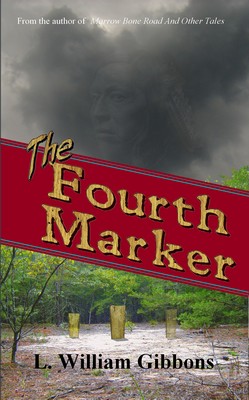 With a supernatural undercurrent, The Fourth Marker is the story of an elderly man, Gabriel Townsend, whose spirit is being crushed between the metaphoric anvil of his pragmatic views and the falling hammer of his wife's pending death. While a child on the family farm during the Great Depression, Gabe rejected legends of his Native American ancestors and ignored miraculous cures of three family members. Gabe's half-breed paternal grandfather, Noopah, tried to teach him tribal legends and the old ways, explaining that, after most Indians had been killed or driven from their lands by the Army and settlers, tribal elders returned to their lands in spirit form after their deaths. They dwelled at a sacred hill on the family's land and protected their descendants from early death and white man's diseases. During those years, three family members were cured of life-threatening diseases, but Gabe's pragmatic mother, not of Native American blood, blindly credited their recoveries to the nascent field of modern medicine. After each recovery, a person of evil character and not of tribal blood disappeared, followed by the mysterious appearance of a wood marker on the sacred tribal hill. Yet, despite those events and Noopah's words, Gabe adhered to his mother's intractable views. Now facing the loss of his wife, he relives his childhood memories, guided by the spirit of his grandfather from beyond – well beyond – the grave. Finally understanding the truth of long ago, he decides to beg the tribal spirits to take his life in exchange for his wife's, aware that a fourth marker would signify his own life – and death. As Gabe's father noted, "some understand only what they see; others see only what they understand." The Fourth Marker highlights this most human of vices against the backdrop of Native American legends with ample helpings of farm life during the Great Depression. Some thoughts from Bill: BEFORE COWBOYS AND INDIANS A highly successful genre for generations of novels, television, and film has been the Western. For many of those generations, "cowboys and Indians" has been a common theme, popular not only in the United States but, based on this writer's personal experience, in Japan, England, and France and surely in many other countries. Except for a few examples, chiefly James Fenimore Cooper's, The Last of the Mohicans, most settings for the theme, and variations thereof, have been west of the Appalachian and Allegheny Mountain ranges and the majority of those west of the Mississippi River. However, the relationships between the relatively new arrivals to North America's eastern shores and the indigenous people in those areas were established long before the time periods represented in most novels and film. Further, those beginnings impacted all later relationships between the two groups down through the centuries, even to the present day. In 1608, English soldier and intrepid adventurer, Captain John Smith, explored the Chesapeake Bay, the United States' largest estuary, and its far reaching tributaries under the auspices of the Virginia Company of London. His maps and intelligence regarding the Native American populations, philosophies, and practices served the English well for the next century in their quests to establish a Virginia colony and to further their commercial interests. Through the centuries, Native American populations in eastern North America were wooed, threatened, and manipulated, at various times, into serving the interests of the English, Dutch, Swedes, Spanish, and French in various wars and skirmishes, including The French and Indian War (Seven Years' War), United States' Revolutionary War, the War of 1812, and the United States' Civil War. The land mass defined by the Chesapeake Bay and the Atlantic Ocean is the Delmarva Peninsula which includes the whole of Delaware (Del), the Eastern Shore of Maryland (Mar), and two counties of Virginia (Va). Contemporary place names such as Chesapeake, Nanticoke, Pocomoke, Quantico (Maryland), Chicamocomico, Wicomico, Manokin, Accohannock, Assateague, and many others on the peninsula reflect the names of tribes, subtribes, and native place names used long before first contact with Europeans. The United States' Indian Removal Act of 1830, which resulted in the Trail of Tears episode in American history, required all indigenous people, with few exceptions, to leave their tribal lands in the southeast and east, along the eastern seaboard. Some tribal members on the Delmarva Peninsula as well as other areas in the east, defied the government and remained on their ancestral lands, hiding from authorities in the Great Pocomoke Forest, outlying islands, and swamps on the southern peninsula. A conscious decision to "hide in plain sight" or not, they eventually intermarried and bred with local whites, African-Americans, and mulattoes. Many families whose ties to Delmarva date back a generation or more share a heritage with those aboriginal people; however, the prejudice and racial bias of a bygone era caused many to ignore – even deny to this day, witnessed by this writer – their lineage. Determination of one's "Indian-ness," usually based on persistent family lore and legend and aided by convenient and wide-ranging research resources available on the internet, has resulted in an upsurge of interest in Native American DNA that still exists on the Delmarva Peninsula. Although less concentrated among the peninsula's population than during America's Great Depression, Native American blood still courses through the veins of many of Delmarva's residents.  Author Bio: Born the first of three children to Charles and Lydia Gibbons in 1946 in Wilmington, Delaware, Bill's young family moved back to their homeland of Maryland’s lower Eastern Shore, part of the Delmarva Peninsula, shortly after his birth. There, he attended school and worked on the family farm in a community of farmers from whom he gained much of the knowledge of farm life that would show up in his writing decades later. Following graduation from Wicomico Senior High School, Bill enlisted for four years in the U.S. Air Force, serving in Texas, Mississippi, Japan and Washington, D.C. Upon completion of military service, he attended University of Delaware while working full-time as a laboratory technician and later as a computer programmer for a large, international chemical company in Wilmington, DE. While attending college, he augmented his G.I. Bill tuition benefits with sales of his art, e.g. oils, pastels, and ink. He was transferred to Atlanta, GA and Tampa, FL, working in industrial chemical sales, and eventually back to Wilmington, DE. Taking early retirement from that company, Bill moved back to his childhood home of Salisbury, MD and entered the real estate sales, home improvement contracting and real estate investment fields. While involved in real estate sales, he was a contributing columnist in the local Salisbury newspaper, writing about real estate sales, purchases, and investment. Later, he was a political cartoonist for the same newspaper. Bill entered college again at Salisbury University, a campus of the University of Maryland System, at the age of sixty-three with a double major in physics and philosophy. As a result of academic successes in his writing at SU, paired with his experience with a newspaper column and political cartoon publications, Bill pursued his life-long ambition to write in the fiction genres. Always a devotee to travel, all languages, and experiencing other cultures, Bill has lived and traveled in Asia, traveled throughout Europe and in most U.S. states and Canada. He speaks, reads and writes Japanese, although not as fluently as he would wish, is a light airplane pilot, is currently studying Spanish, and is a member of Eastern Shore Writers Association and American Mensa®. He has also been published in Mensa® Bulletin, the organization's national monthly magazine. On October 6, 2011, Bill's wife, Sharon, gave birth to their first child. Find Bill here:
Web Site Blog Buy his Books here: Amazon B&N Please visit these other sites and leave a comment to win a $10 GFC to Wild Child Publishing. Critters at the Keyboard . . . Blog by Imagine D.A.Bell William Gibbons Highland Rogue Writing There is no Spoon Dear Reader Shadows of the Past Audrey Cuff Shanbreen Richard Uhilg
3 Comments
Bill Gibbons
7/18/2013 11:54:08 am
Hey Matt,
Reply
Matthew Campbell
7/18/2013 12:41:04 pm
Thanks, Bill! It's been nice getting to know you a little better.
Reply
Leave a Reply. |
Archives
March 2019
Categories |
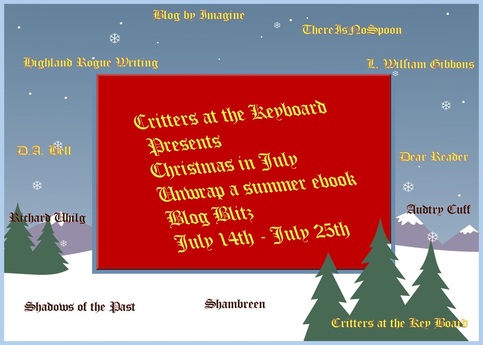
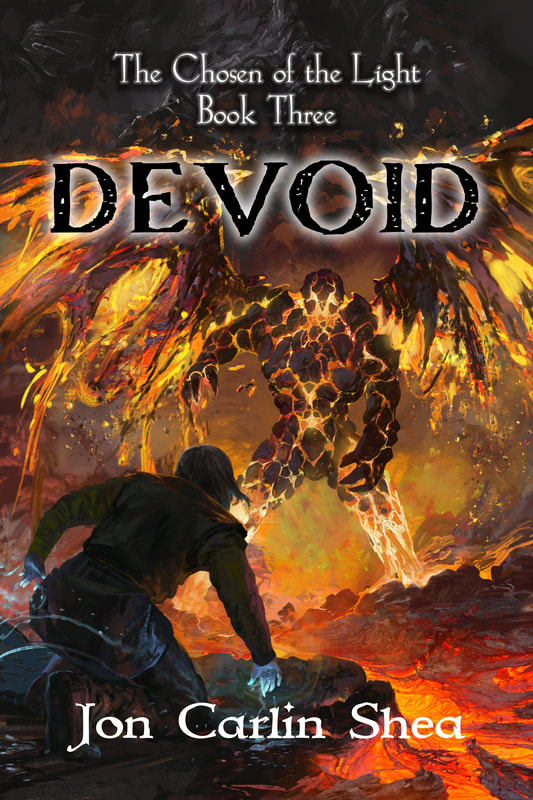

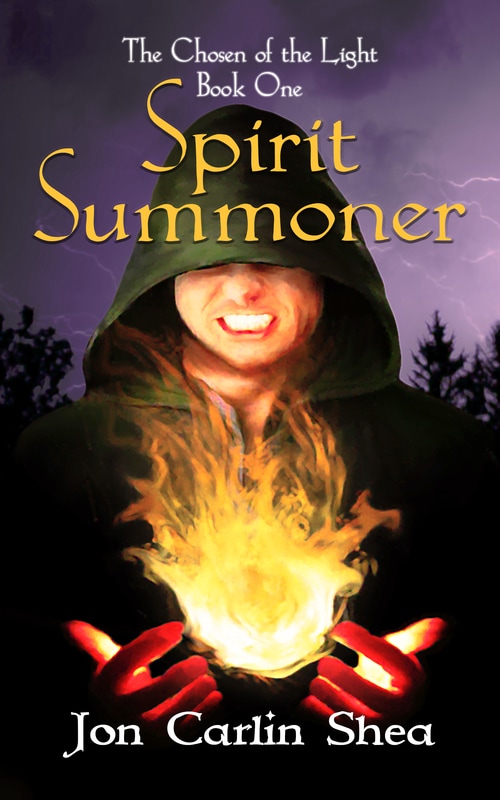
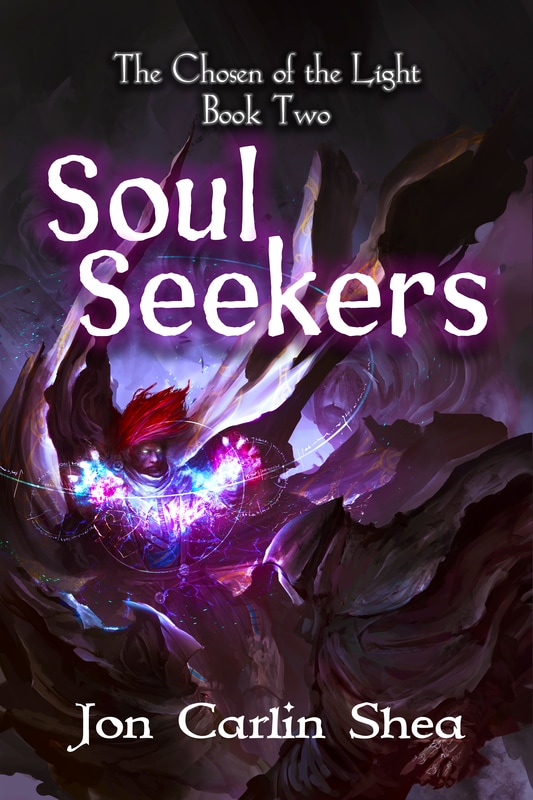
 RSS Feed
RSS Feed
